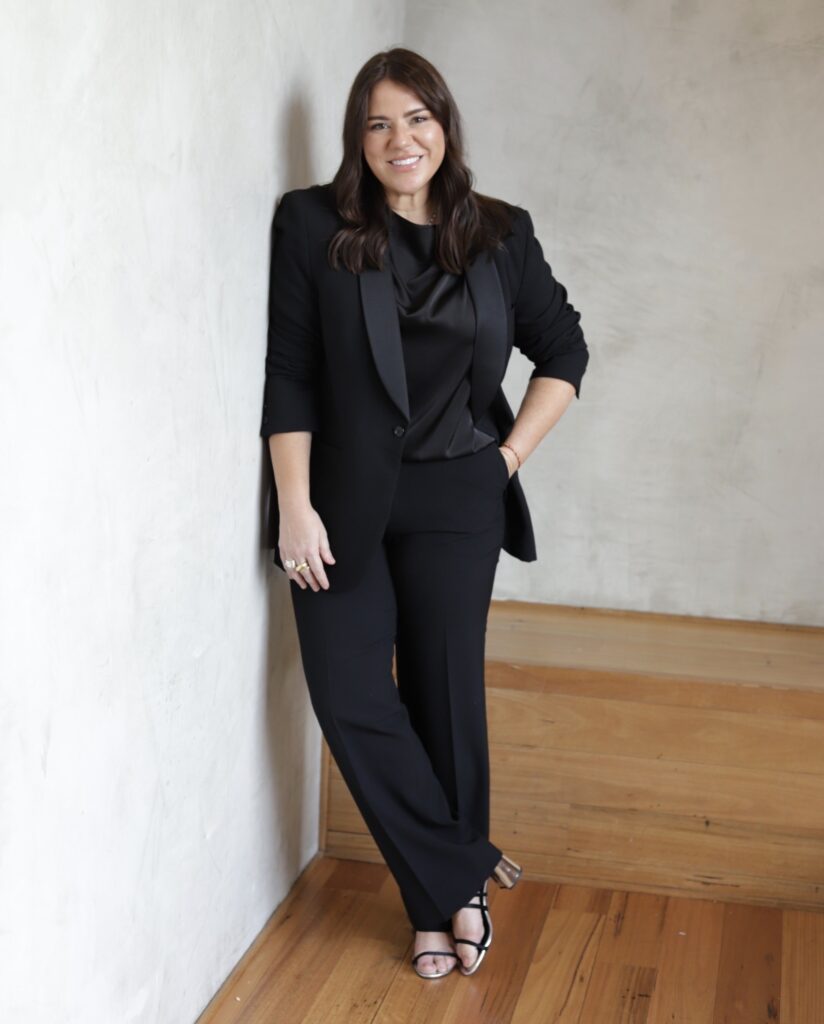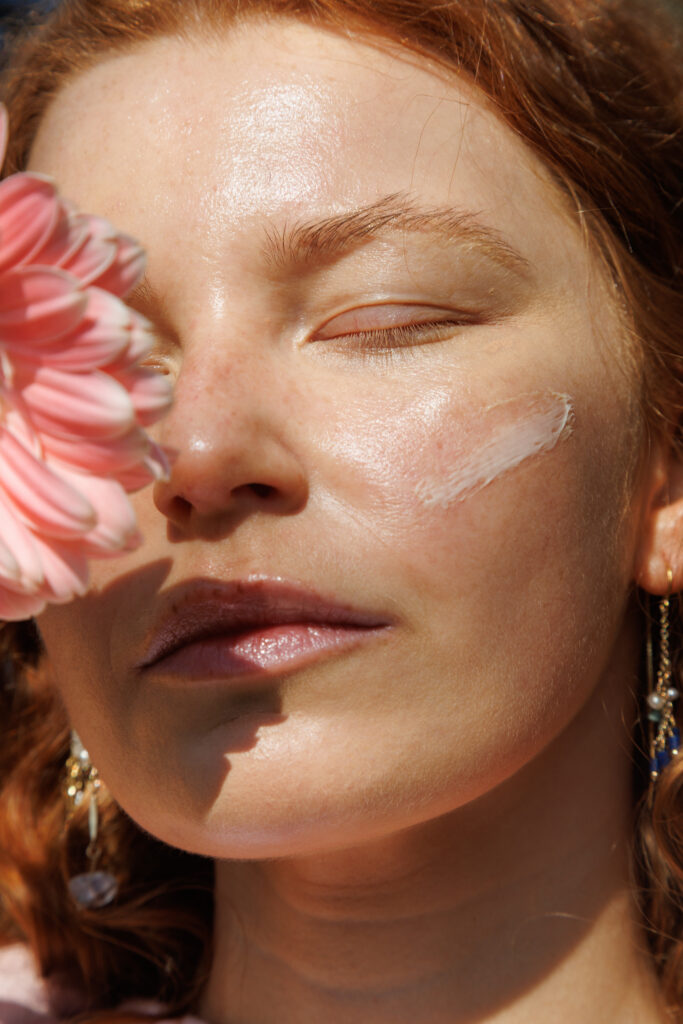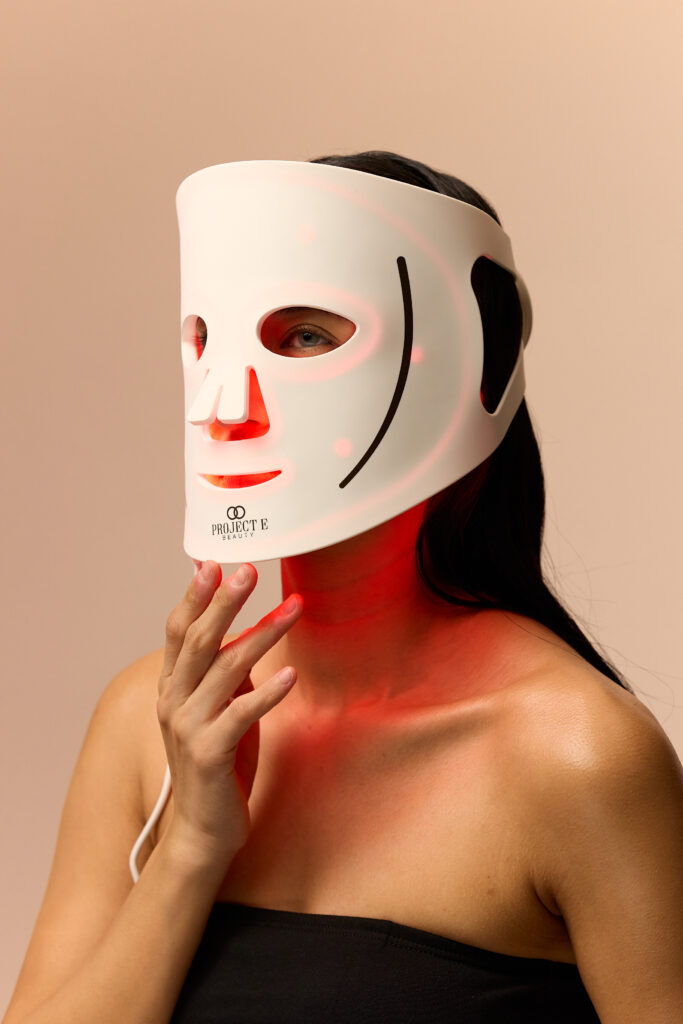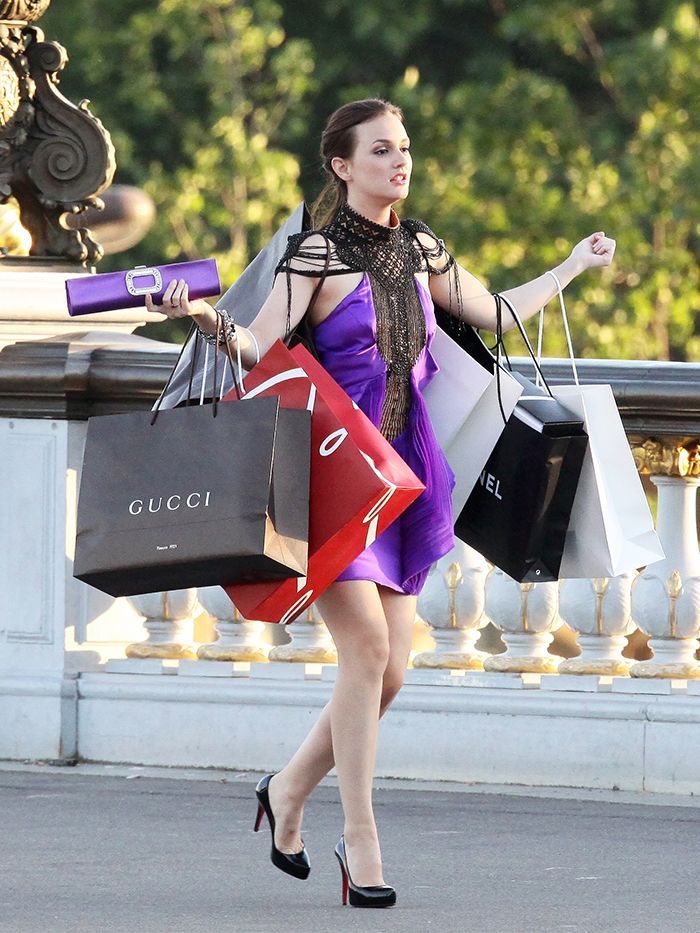Tell us about yourself, and your styling career before founding the Australian Style Institute (ASI).
I’ve always been interested in fashion for as long as I can remember. My mum worked in a fashion boutique for many years and I was able to unbox and hang the new deliveries.
In my later teens, I realised that I was driven by human behaviour and understanding people. Working in fashion retail myself, I could see the impact clothes had. Fashion on its own can be appreciated and even adored, but when it can help someone feel their best, or like the version they want to be, then clothes are really about transformation and expression.
I knew that the role of a stylist involved a level of creativity, but that it would need more than that to deliver a client’s expectations and needs. It required an understanding of the psychological components that influence our approach to style. I struggled to find the right guidance so after extensive research and studying around the world, I founded a methodology that worked for my clients and mentored others to apply it too.
Was there anything missing from the styling landscape in Australia before developing ASI, and how did this influence your courses designs?
When I left school, fashion styling wasn’t really a ‘thing’. Previous study paths included fashion design, textile design, costume and visual merchandising. The industry has seen huge changes since then.
While styling wasn’t the most likely path to success, I knew it was where I’d be able to do what I loved, and hopefully help people in the process. I just had to create a way of doing that.
Education has shifted significantly in the past two years alone. How we best learn today must reflect changes in technology and how we engage with any kind of content. Our courses are designed to provide students with a mix of pre-recorded classes they can complete when it suits them, or live mentoring sessions with some of the country’s best. More than that, we’re committed to creating opportunities for our students, opening doors to industries that I would have loved.
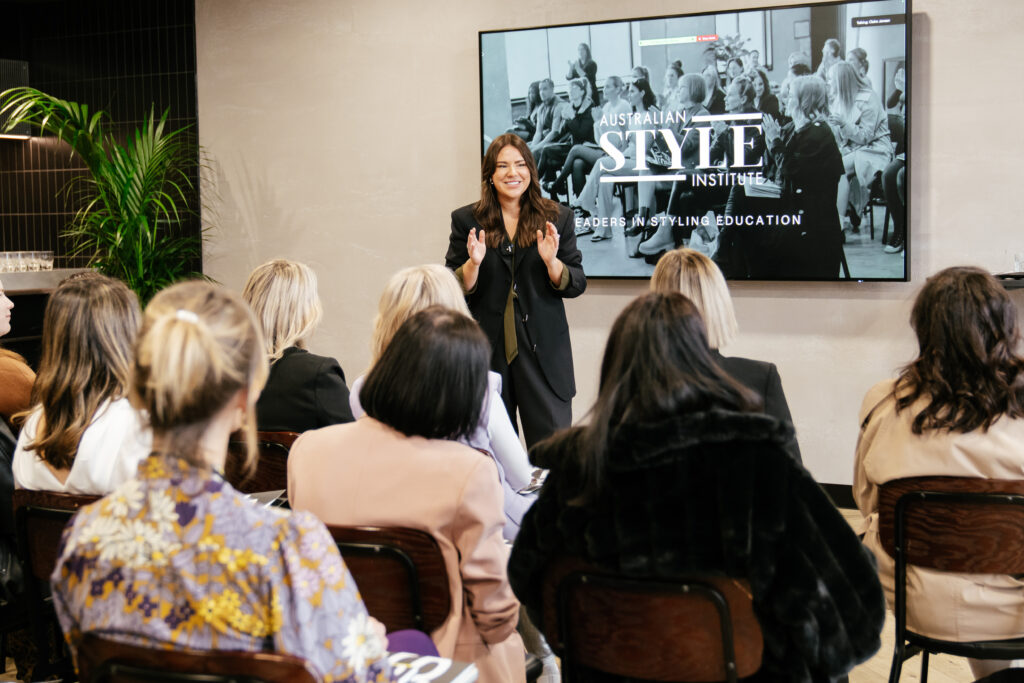
Given the current plethora of Australian independent fashion labels and small businesses, what advice would you give to those looking to step into the entrepreneurial fashion space?
It can help by starting in the fashion space, whether you’re looking to be a designer or an entrepreneur, they’re often very different in the early days.
I think it’s also important to look beyond your creative ideas early on. While most independent labels are born out of passion and a clear aesthetic, those garments then enter a commercial world that requires a skill set that has little to do with creativity.
Getting advice to help you gain a sense of the bigger picture’s opportunities and challenges is a good start as well. Many designers share their experiences on socials now, so connect with people who are a few steps ahead of you.
Also, if you can, find people who have done it multiple times or over a sustained period. It means they’ve weathered the storms that starting a brand can bring and have learnings to share. It’s one of the reasons why our students and stylists have so much success, they’re tapping into people who have already done it and who generously share their insights.
ASI’s courses put emphasis on the influence of human behaviour in styling – do you feel this is something Australia’s styling industry needs more focus on?
I do 100%. When we understand the psychology of how our style comes to be, every area of the fashion industry benefits, from buying to designing. Stylists reflect what is trending and take us into the future of style, human behaviour usually drives this, so it’s important they go hand in hand. It’s not just stylists who benefit from embracing these skills however, it’s the retailers and businesses who benefit from this too.
How do you feel Australia’s styling industry compares to other countries? Is there anything in particular we are excelling at or should be working on?
The sentiment of ‘Australia being behind in fashion’ is largely gone. Social media has shortened that gap in trends. What’s most important for Australian stylists is to bring in new ideas, not replicate what’s everywhere else. A strong eye and aesthetic can have you booked around the world, but you need to be brave in discovering that and committed to developing it.
What do you hope to change within Australia’s fashion and styling industries through ASI’s courses?
We have so much talent here in Australia that needs nurturing. The old university model doesn’t work for many creatives for a range of reasons, so we need to ensure that people can gain momentum, skills and experience when there’s passion, not in three or more years with debt.
People learn when they are interested in the topic they’re studying, have exceptional trainers and mentors who want to help them succeed, and a community of like-minded people who will help them thrive beyond what they thought was possible.
We’ve seen our graduates take on some of the most exciting styling roles and projects in Australia and across the world, and it’s so exciting to see.
Learn more about the Australian Style Institute below.
Read more of our Inspiring Profiles here.

